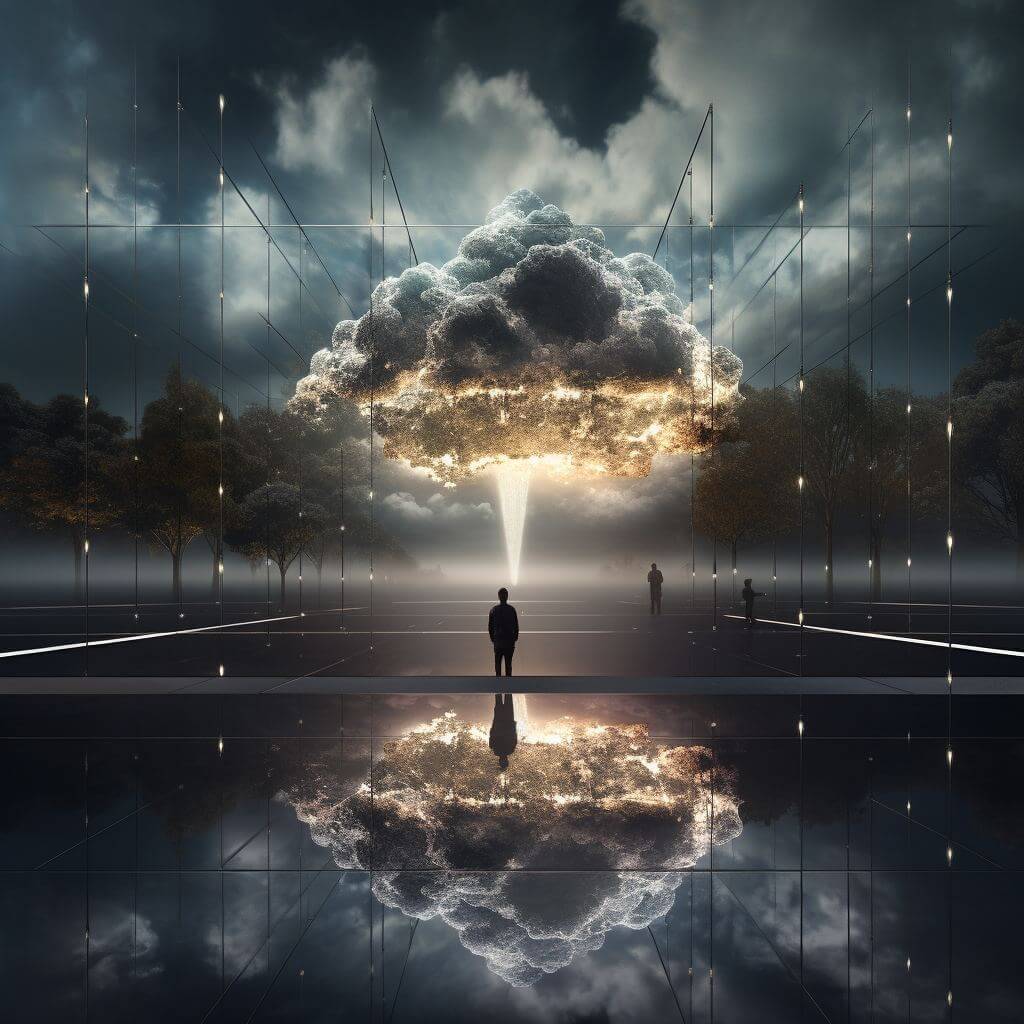In a rapidly evolving digital landscape, the rise of artificial intelligence (AI) is stirring a significant debate within the U.S. creative industries. As AI’s capabilities to replicate and potentially replace human creativity burgeon, artists across various domains — including music, literature, and visual arts — are voicing concerns over their future livelihoods. Simultaneously, technology companies continue to advocate for the status quo, which allows them to harness AI for innovation. This divergence of interests has sparked a dialogue on the intersection of AI, copyright law, and the essence of human creativity.
The copyright office at a crossroads
Central to this discussion is the role of the U.S. Copyright Office, currently inundated with opinions from all sides. Shira Perlmutter, the U.S. register of copyrights, acknowledges the situation’s complexity, with her office receiving close to 10,000 comments from concerned parties. These range from individual creators fearing the loss of control over their work to technology giants defending their developmental practices under the fair use doctrine.
At the heart of the issue is whether AI-generated content, heavily reliant on existing human-created works, qualifies for copyright protection. The office is also grappling with whether the current use of copyrighted materials for training AI systems infringes upon the rights of the original creators. This debate is not merely academic but impacts the registration of over 480,000 copyrights, covering millions of individual works.
Diverse voices in the debate
A rich tapestry of opinions marks the conversation. High-profile figures from various creative fields have stepped forward with their concerns. Justine Bateman, an actor and filmmaker, was alarmed at how AI models could disrupt the film industry’s structure. Nashville-based songwriter Marc Beeson, known for his work with artists like Carrie Underwood and Garth Brooks, highlighted the potential dangers of AI to the music industry, likening it to a weapon that, if misused, could damage the integrity of American art forms.
In contrast, technology companies maintain that their use of AI fits within the boundaries of fair use. Companies like Google, Microsoft, and OpenAI argue that training AI models is essential for recognizing patterns across a broad spectrum of content, a process they claim does not equate to copyright infringement.
Legal precedents and future directions
The legal landscape has so far been favorable to tech companies. Recent court rulings, such as the dismissal of a significant lawsuit against AI image-generators in San Francisco, indicate a judicial inclination towards a broad interpretation of fair use in AI. This echoes the precedent set by Google’s online book library project, which the U.S. Supreme Court upheld.
However, the debate is far from settled. Former law professor and romance author Heidi Bond (pen name Courtney Milan) points out the nuances in these comparisons, emphasizing the differences in how Google Books and AI developers acquire copyrighted materials.
As the December 6 deadline for another round of comments approaches, the Copyright Office’s task is cut out. It must navigate this complex web of opinions and legal interpretations to advise Congress on potential reforms. The outcome of this process will not only shape the future of copyright law but also define the boundaries of human creativity in the age of AI.
This ongoing dialogue reflects a crucial moment in the intersection of technology and creativity. As AI continues to push the boundaries of what’s possible, the challenge lies in striking a balance that fosters innovation while respecting the rights and contributions of human creators. The decisions made in this domain will have long-lasting implications for the nature of creativity and intellectual property in the digital era.





